Scegliere gli sci giusti è fondamentale per un'esperienza sciistica piacevole e di successo. Con così tante opzioni disponibili sul mercato, può essere difficile capire da dove cominciare. In questo articolo, vi mostreremo... pro fornirti una guida completa su come scegliere gli sci giusti, tenendo conto di vari fattori, come la tua abilità sciistica, la tua preferenza per il terreno e le tue preferenze personali.
1. Determina la tua abilità sciistica
2. Considera il tuo terreno preferito
Se gli skiboard sembrano inadatti alla tua attività sciistica, dai un'occhiata a
Preparati per la tua prossima avventura invernale
Per tutti gli altri terreni, gli skiboard più corti sono la scelta più adatta. Scegliendo skiboard lunghi 99 o 120 cm si apriranno nuove porte a una sciata più facile e divertente.
3. Il Lunghezza dello sci
Ma tieni presente che gli sci lunghi sono molto limitanti e ti terranno solo giù. Se hai paura di
Per qualsiasi altra situazione, considera solo l'equilibrio tra il supporto degli sci più lunghi e la libertà degli sci più corti. Per quanto riguarda la lunghezza degli sci, non dovresti cedere al mantra dell'industria sciistica: "più lungo è, meglio è". Tieni a mente che vuoi goderti il viaggio e non stancarti trascinando due pesanti pezzi di legno attaccati ai piedi.
Scegli la lunghezza più adatta a te
Cosa succede se i miei sci sono troppo corti?
Uno dei principali problemi legati all'uso di sci troppo corti è che possono limitare la velocità e la stabilità sulle piste. Tali preoccupazioni sono infondate. Gli sci più corti sono generalmente più manovrabile e più facile da giraree possono essere stabili quanto gli sci lunghi. Se cerchi una maggiore stabilità con sci più corti, ti consigliamo vivamente optando per gli skiboard che
4. Larghezza e forma dello sci
5. Flessibilità e rigidità
6. Associazioni e compatibilità
Sono disponibili skiboard più corti (fino a 99 cm di lunghezza) anche con attacchi per scarponi da snowboard. In tal caso, puoi considerare la comodità come la tua priorità assoluta.
Skiboard più lunghi (a partire da 120 cm) e gli sci lunghi sono dotati di attacchi da sci a sgancio rapido, rendendoli l'opzione più sicura per qualsiasi viaggio.

7. Chiedi consiglio a un esperto
Come scegliere gli sci per bambini
1. Considerare la loro età e il loro livello di abilità
La prima cosa da considerare quando si scelgono gli sci per il proprio bambino è l'età e il livello di abilità. Se il bambino è alle prime armi, è consigliabile scegliere sci che siano più corto e più facile da girare. Come loro
2. Scegli la taglia giusta
La misura degli sci che sceglierai per tuo figlio dipenderà dalla sua altezza, dal suo peso e dal suo livello di abilità. Gli sci troppo lunghi possono essere difficili da controllare, mentre gli sci troppo corti possono essere instabili a velocità più elevate. Per i bambini, spesso consigliamo
Puoi scegliere tra diverse lunghezze

3. Considera la forma e la flessibilità dello sci
Anche la forma e la flessibilità dello sci sono considerazioni importanti. Gli sci che sono più larghi e hanno un raggio di sterzata più ampio sono più facili da girare, mentre gli sci con un una vita più stretta è migliore per il carving su piste battuteAnche la flessibilità dello sci è importante. Gli sci con una flessibilità più morbida sono più facili da curvare e più adatti ai principianti, mentre gli sci più rigidi
Gli sci più stretti sono migliori per i principianti?
Uno dei principali vantaggi dell'utilizzo di sci più stretti per i principianti è la loro forma più stretta che li rende più leggero e più facile da manovrare e controllare.
Tuttavia i vantaggi della leggerezza e della facilità di movimento possono essere
Nonostante i loro vantaggi, ce ne sono anche alcuni svantaggi dell'utilizzo di sci più stretti per i principianti. Uno degli svantaggi principali è che gli sci più stretti sono meno stabile a velocità più elevate. Questo perché hanno una superficie inferiore, il che li rende meno efficaci nelle curve su neve compatta. Questo può essere un
Inoltre, gli sci stretti sono meno efficace in profondità
4. Cerca attacchi che si adattino ai piedi in crescita
I piedi dei bambini crescono rapidamente, quindi è importante scegliere sci con attacchi regolabili per adattarsi ai piedi in crescita. Questo vi farà risparmiare denaro a lungo termine, consentendo a vostro figlio di utilizzare gli stessi sci per diverse stagioni. Gli attacchi degli skiboard possono essere facilmente regolati a casa, così il tuo bambino non li troverà troppo grandi.
5. Considera il tipo di sci che farà tuo figlio
Infine, considera il tipo di sci che farà tuo figlioSe sciano principalmente su piste battute, è consigliabile scegliere sci progettati per condizioni di pista battuta. Se sciano su

Tuttavia, il tipo migliore di sci è quello che può fare entrambe le cose, così non devi preoccuparti di portarti dietro altri sci.
Questi erano i
Come scegliere gli sci per uno sciatore anziano
1. Considera il tuo livello di abilità sciistica
La prima cosa da considerare quando si scelgono gli sci è il proprio livello di abilità sciistica. Sei uno sciatore principiante, intermedio o avanzato? Ogni livello richiede tipologie di sci diverse per garantire il massimo delle prestazioni e del comfort.
Principiante gli sciatori vorranno scegliere sci che siano più indulgente e facile manovrare. sciatori intermedi potrebbero preferire gli sci che hanno un po' più rigidità e sono più adatti a gestire velocità più elevate. Gli sciatori più esperti possono optare per sci più potenti e adatti a terreni più impegnativi.
2. Scegli la lunghezza giusta degli sci
La lunghezza giusta degli sci è fondamentale nella scelta. Sci troppo corti o troppo lunghi possono essere difficili da controllare e causare inutili sforzi alle articolazioni.
Per gli sciatori più anziani, in genere si consiglia di scegliere sci un po' più corti rispetto a quello che normalmente sceglieresti. Gli sci più corti sono più facile da girare e manovrare, riducendo lo sforzo su ginocchia e fianchiTuttavia, è importante non esagerare, perché questo può rendere la sciata instabile e ridurre le prestazioni.
Gli sci corti sono migliori?
Sì, lo sono. Gli sci corti sono universalmente meglio degli sci lunghiAlcuni sci corti, come
Gli sci corti sono più adatti sia agli sciatori freestyle che desiderano esplorare nuove possibilità negli snowpark, sia ai principianti che cercano sci flessibili, facili da imparare e da usare.
3. Considerare la larghezza degli sci
La larghezza dello sci, o la sua "vita", può influenzare il comportamento dello sci in diverse condizioni. Uno sci più largo
Per gli sciatori più anziani, in genere si consiglia di scegliere sci con la parte centrale più larga. Questo lo farà
4. Scegli uno sci con un flex più morbido
La flessibilità di uno sci indica quanto è rigido o morbido. Gli sci con un flex più morbido sono più facili da girare e controllare, riducendo lo sforzo su ginocchia e fianchiSono anche più flessibili, il che li rende una buona scelta per gli sciatori più anziani che potrebbero non avere la stessa forza e resistenza degli sciatori più giovani.
5. Considerare il sistema di rilegatura
Il sistema di attacco è una parte essenziale dell'assetto dello sci. È l'interfaccia tra gli scarponi e gli sci e può influenzare le prestazioni dello sci. Per gli sciatori più anziani, si consiglia di scegliere un sistema di rilegatura facile da usare e regolare. Cercate attacchi leggeri e dal design semplice.
6. Ottieni un pro montaggio professionale
Infine, è essenziale ottenere UN
Conclusione
Scegliere gli sci giusti significa considerare la propria abilità sciistica, il terreno preferito, la lunghezza, la larghezza e la forma degli sci, la flessibilità e la rigidità, gli attacchi e, quando necessario, chiedere consiglio a un esperto. Tenendo conto di questi fattori, è possibile trovare gli sci più adatti alle proprie esigenze individuali, consentendo di godersi al meglio le piste. Ricordate, gli sci giusti possono migliorare la vostra esperienza sciistica e contribuire a...
Preparati ed esplora nuove esperienze

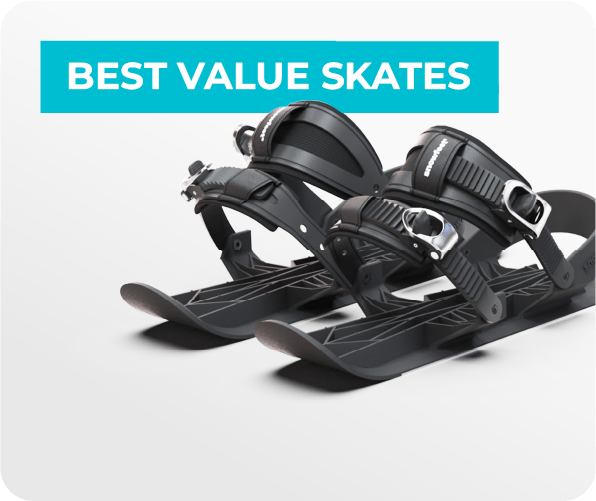
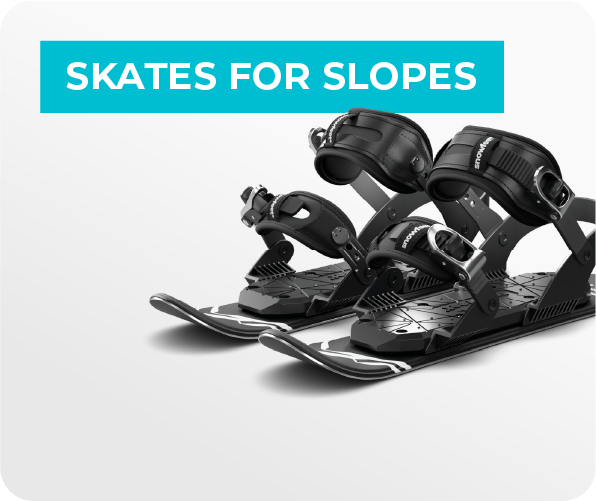
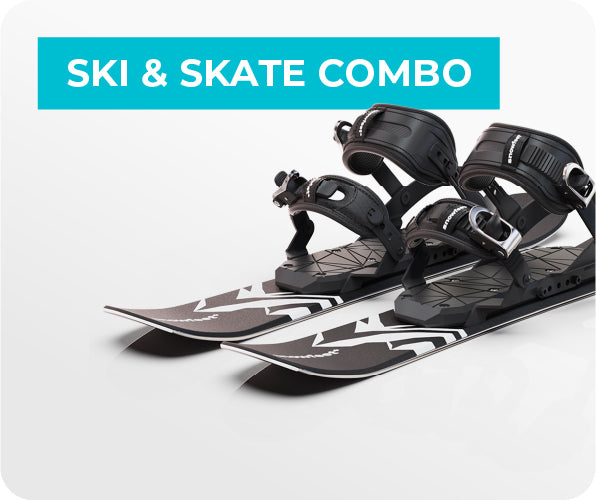
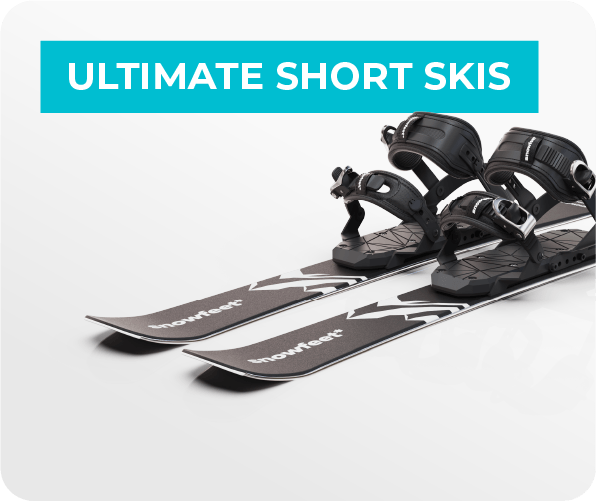
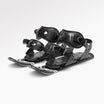
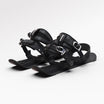
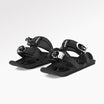
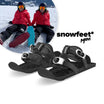
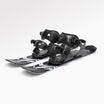
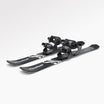
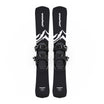
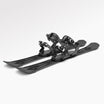
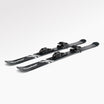
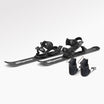
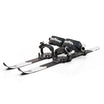
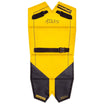
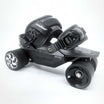
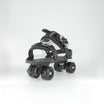
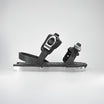
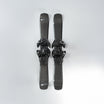











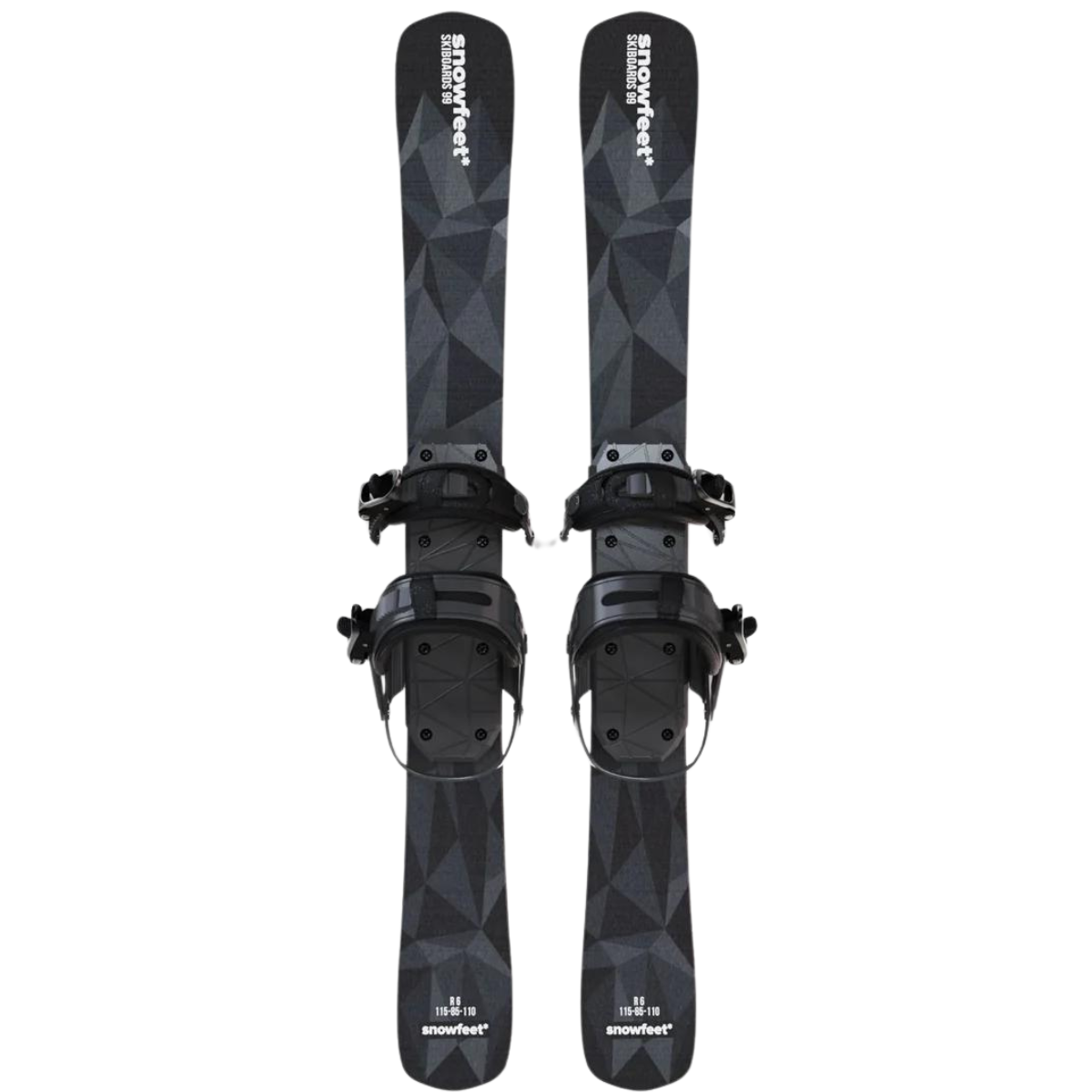




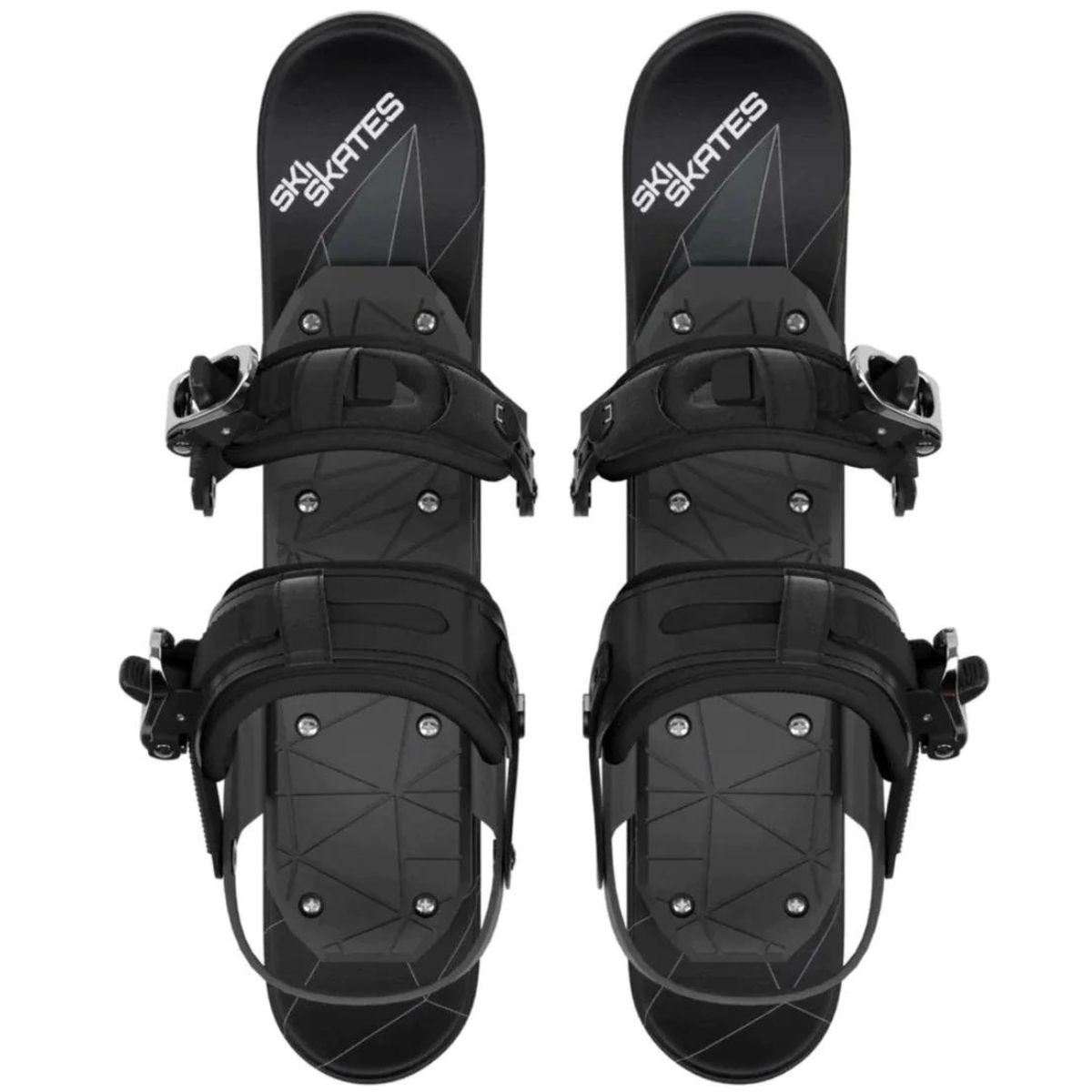
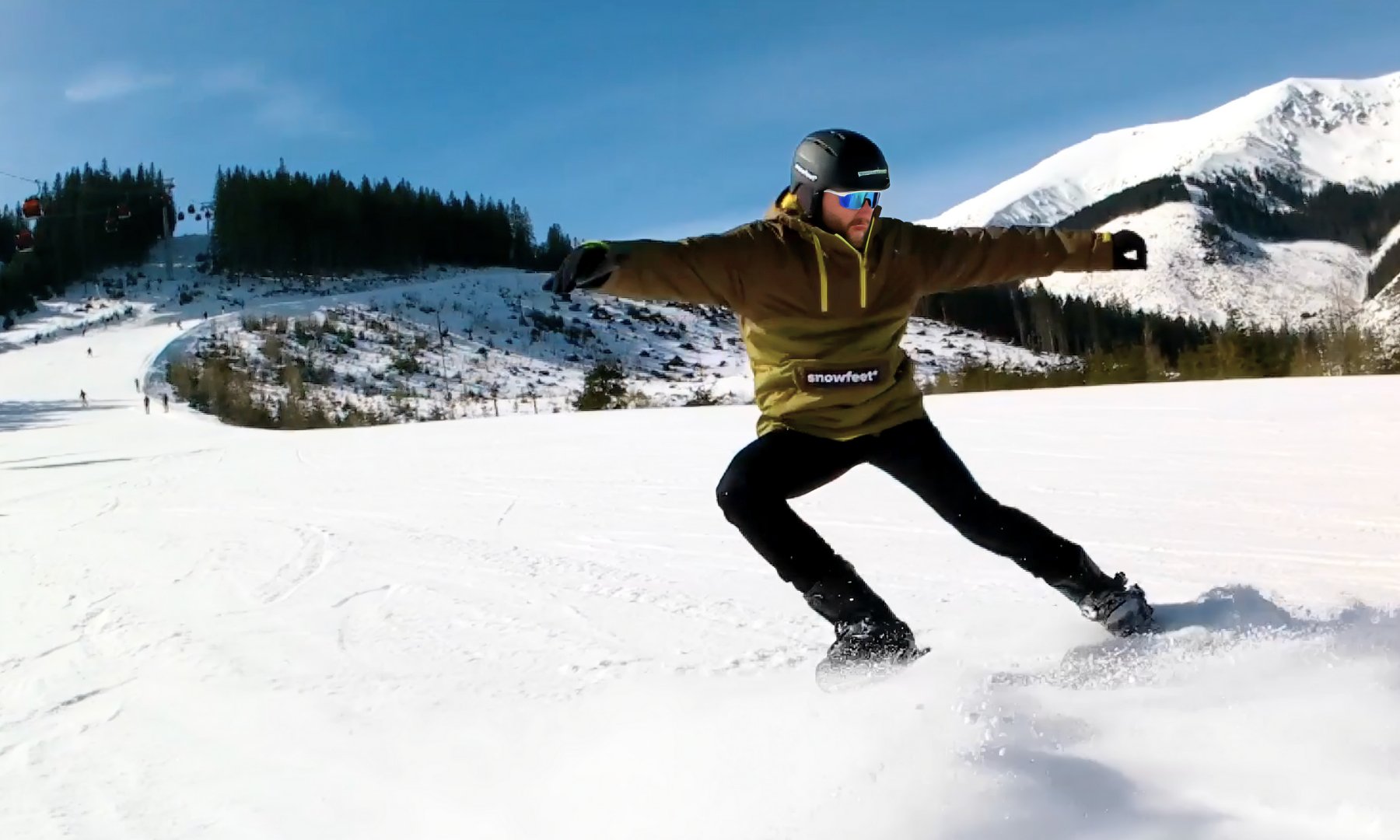
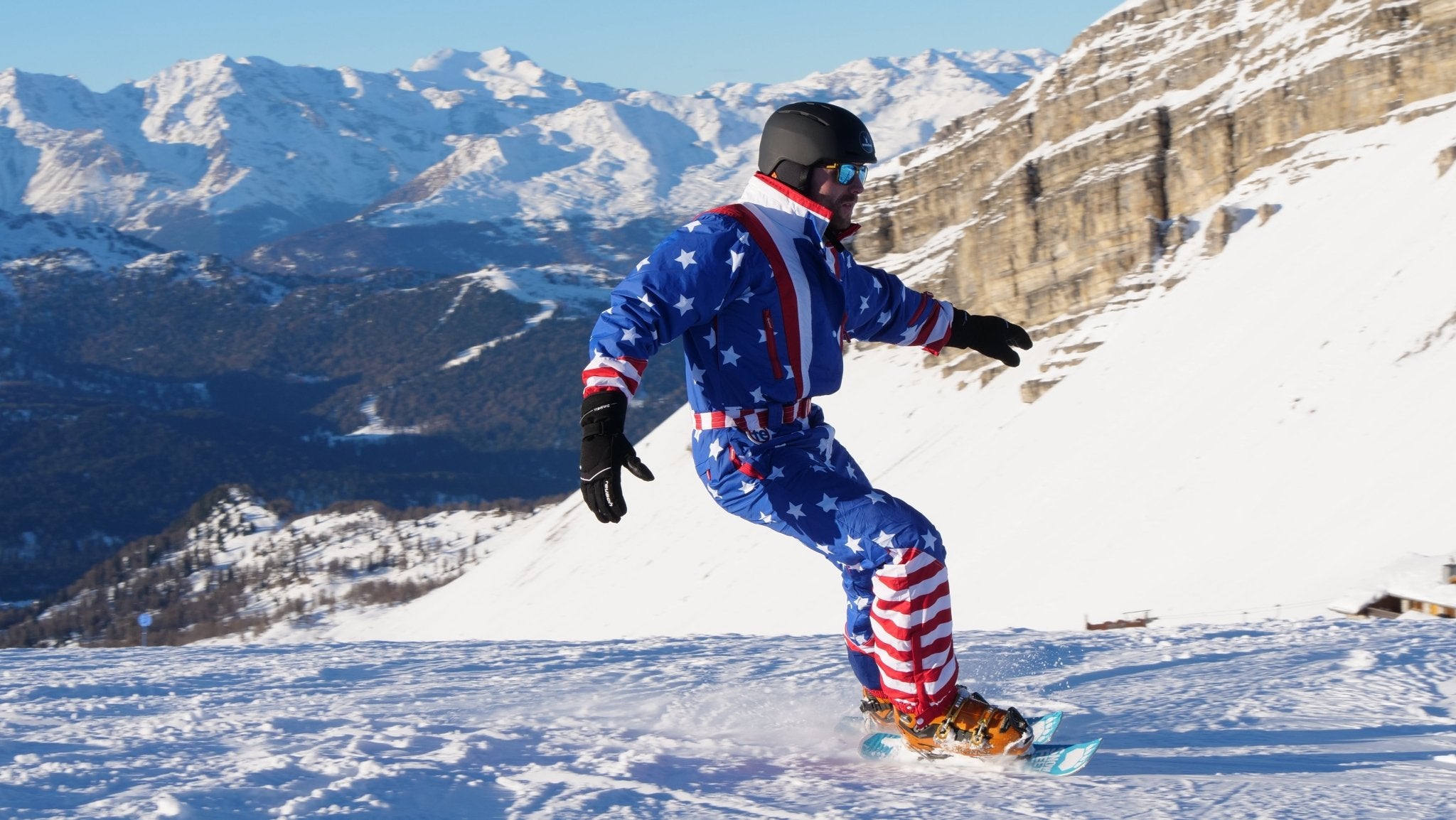
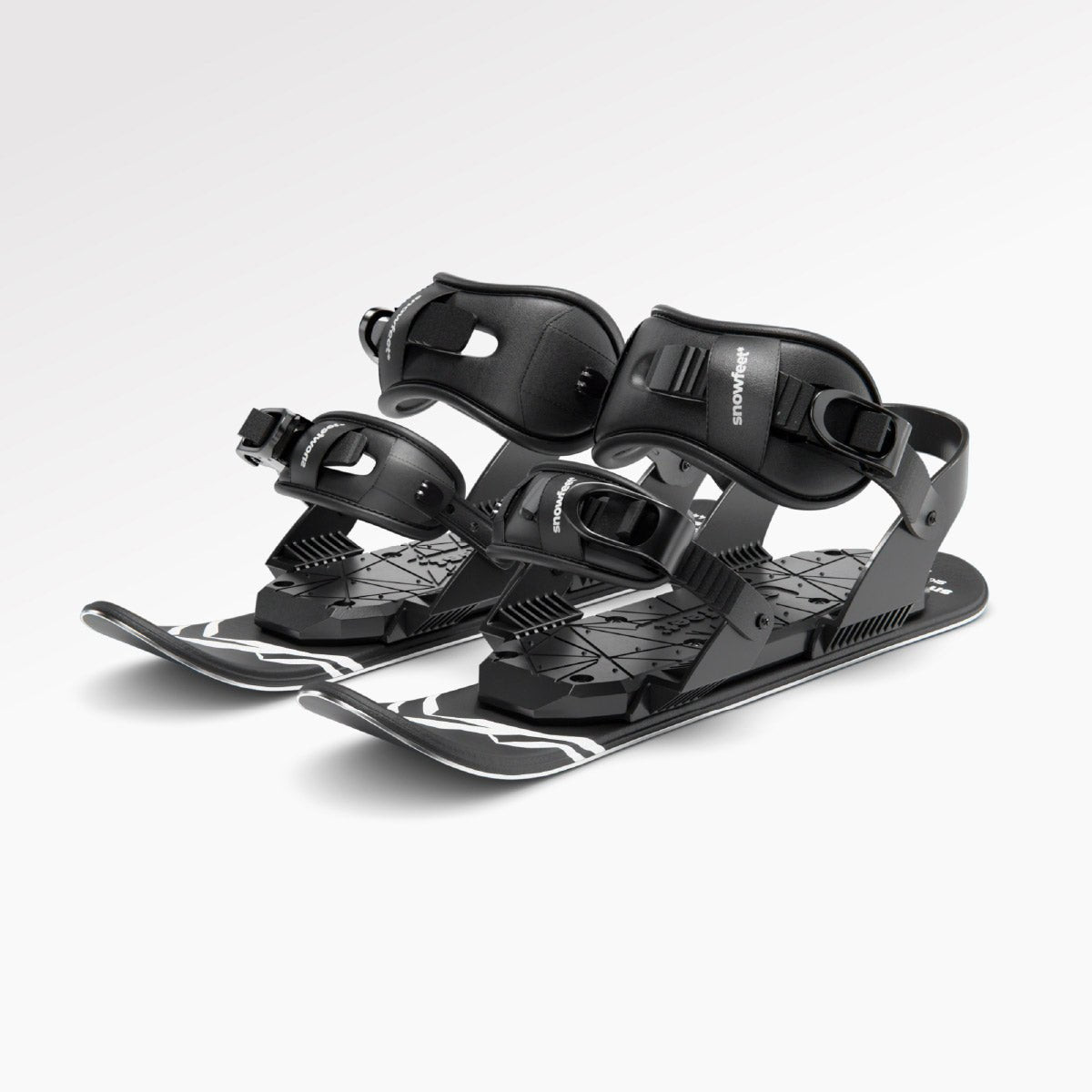
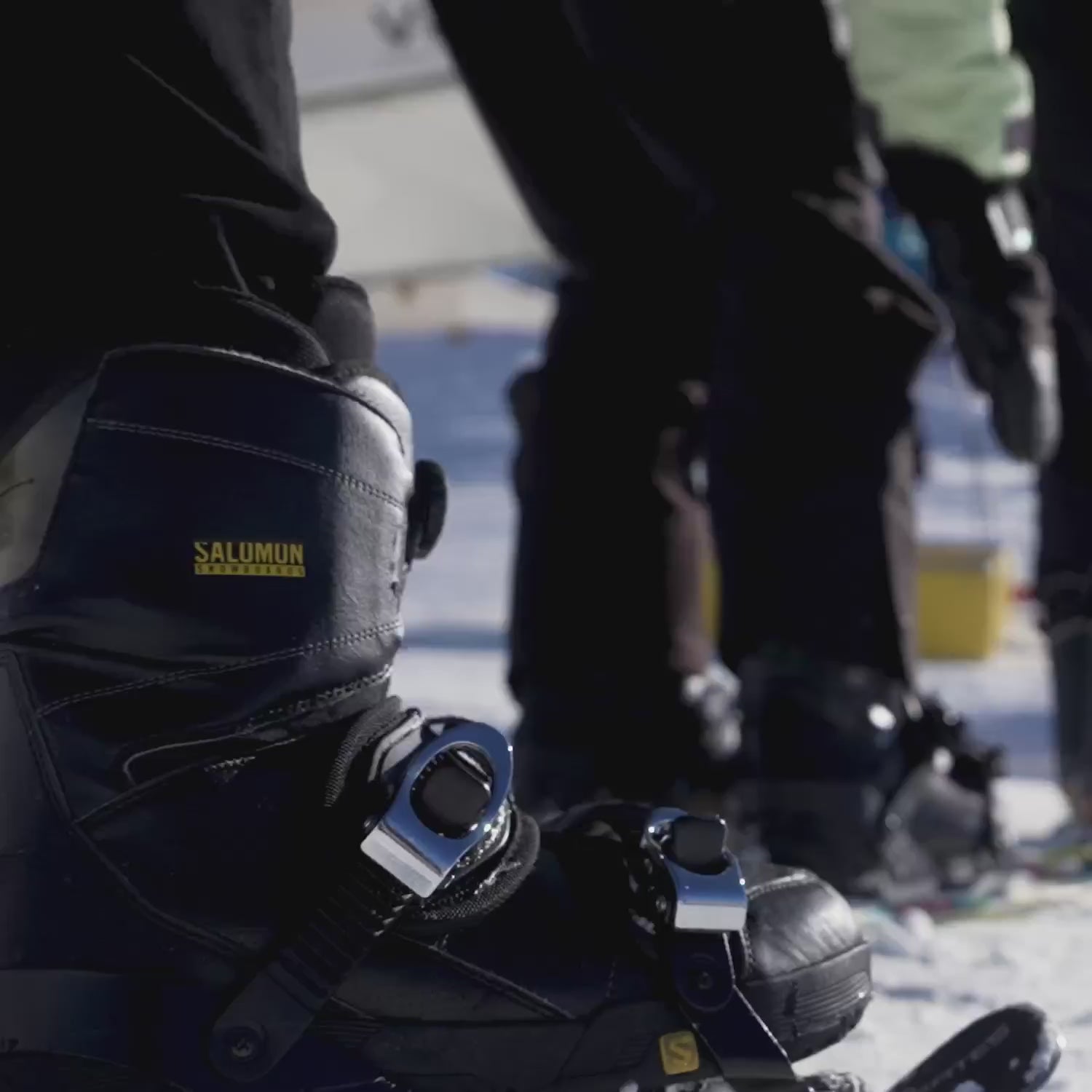
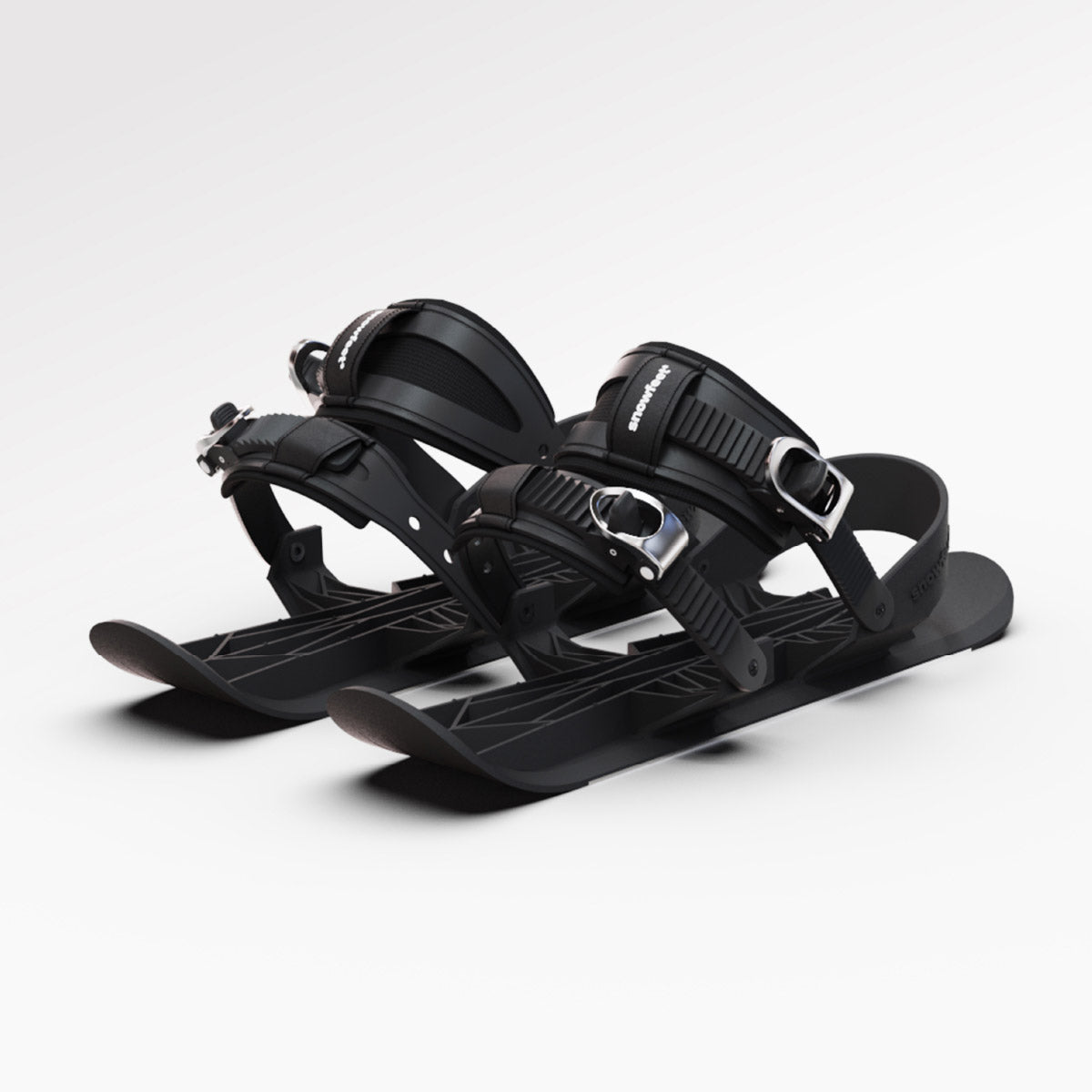

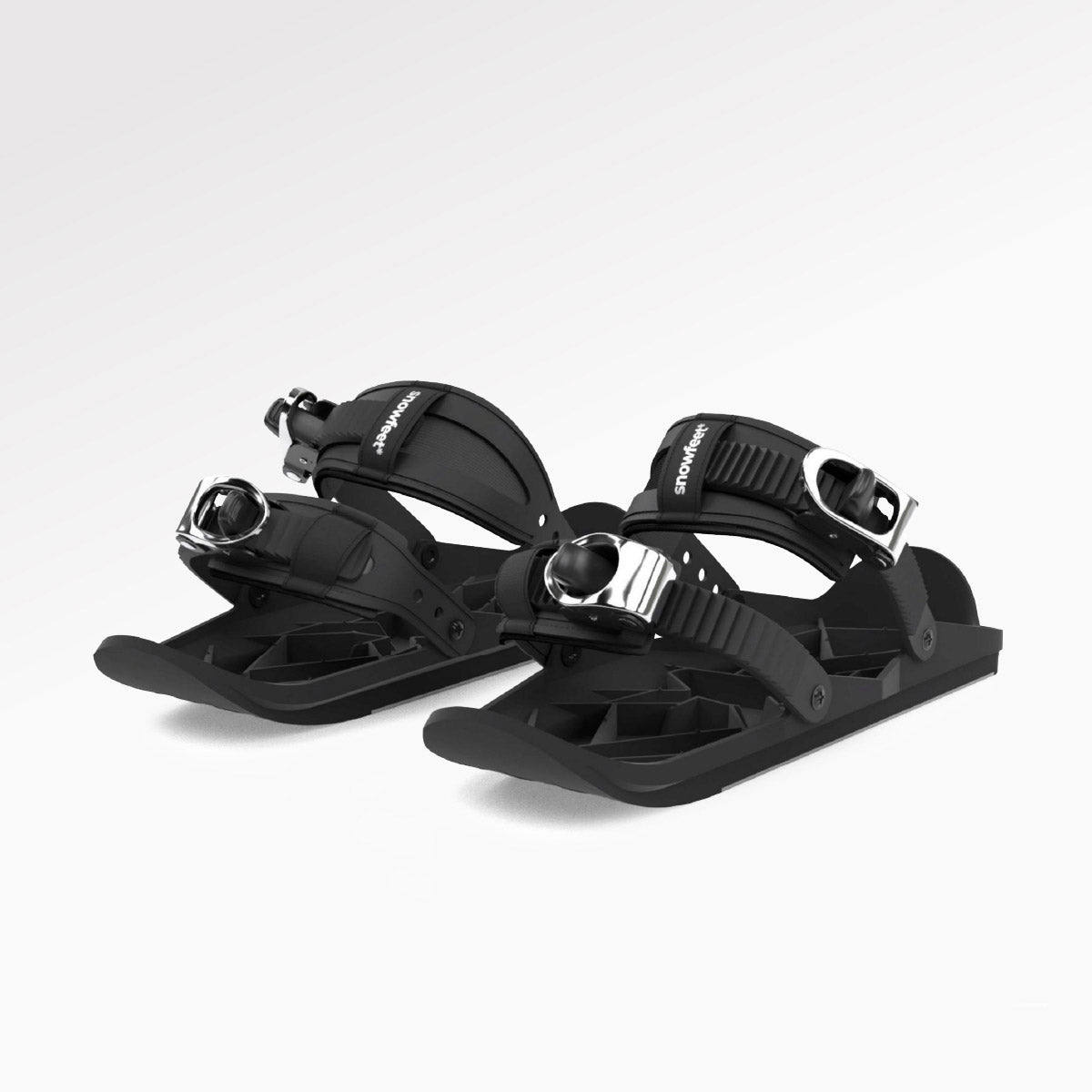
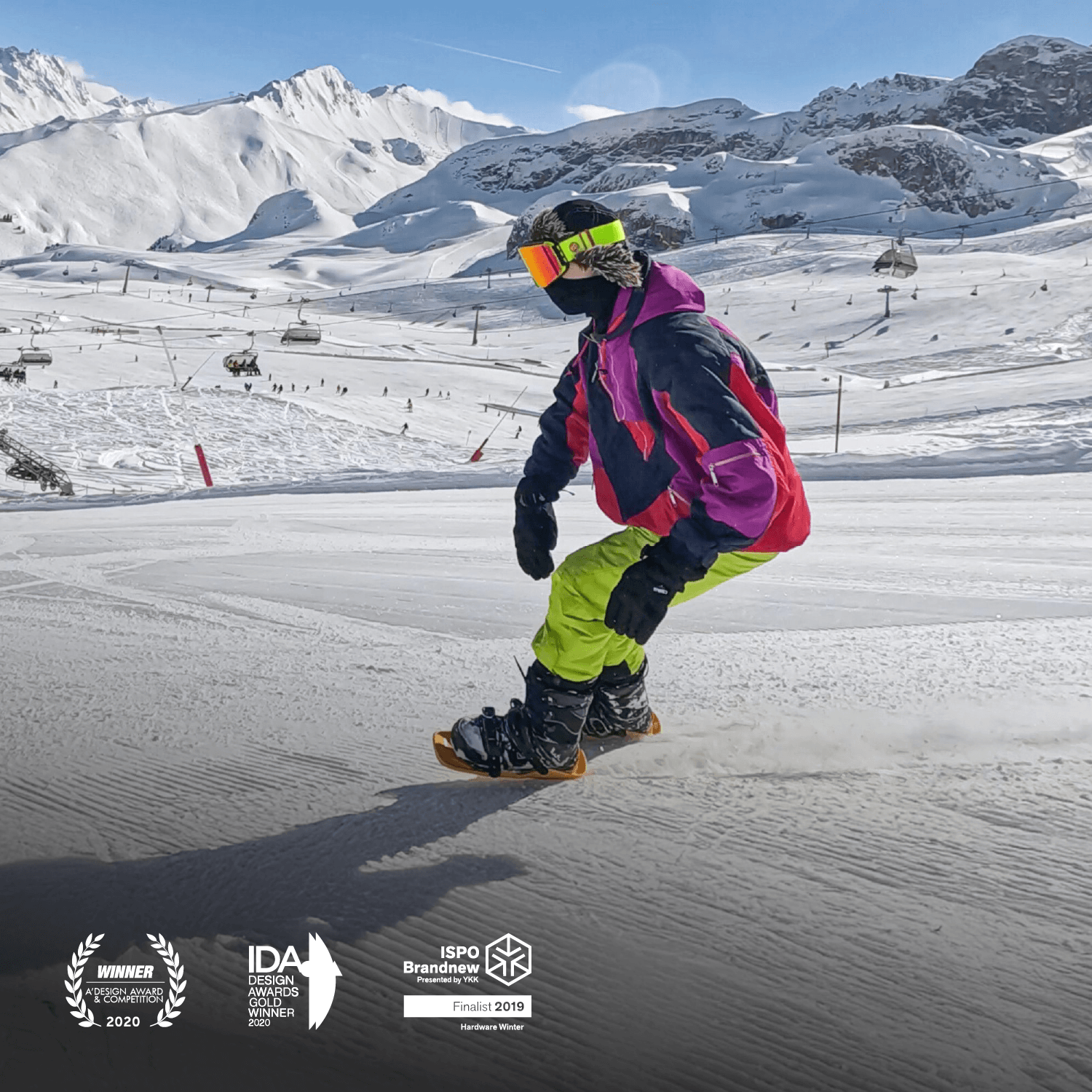
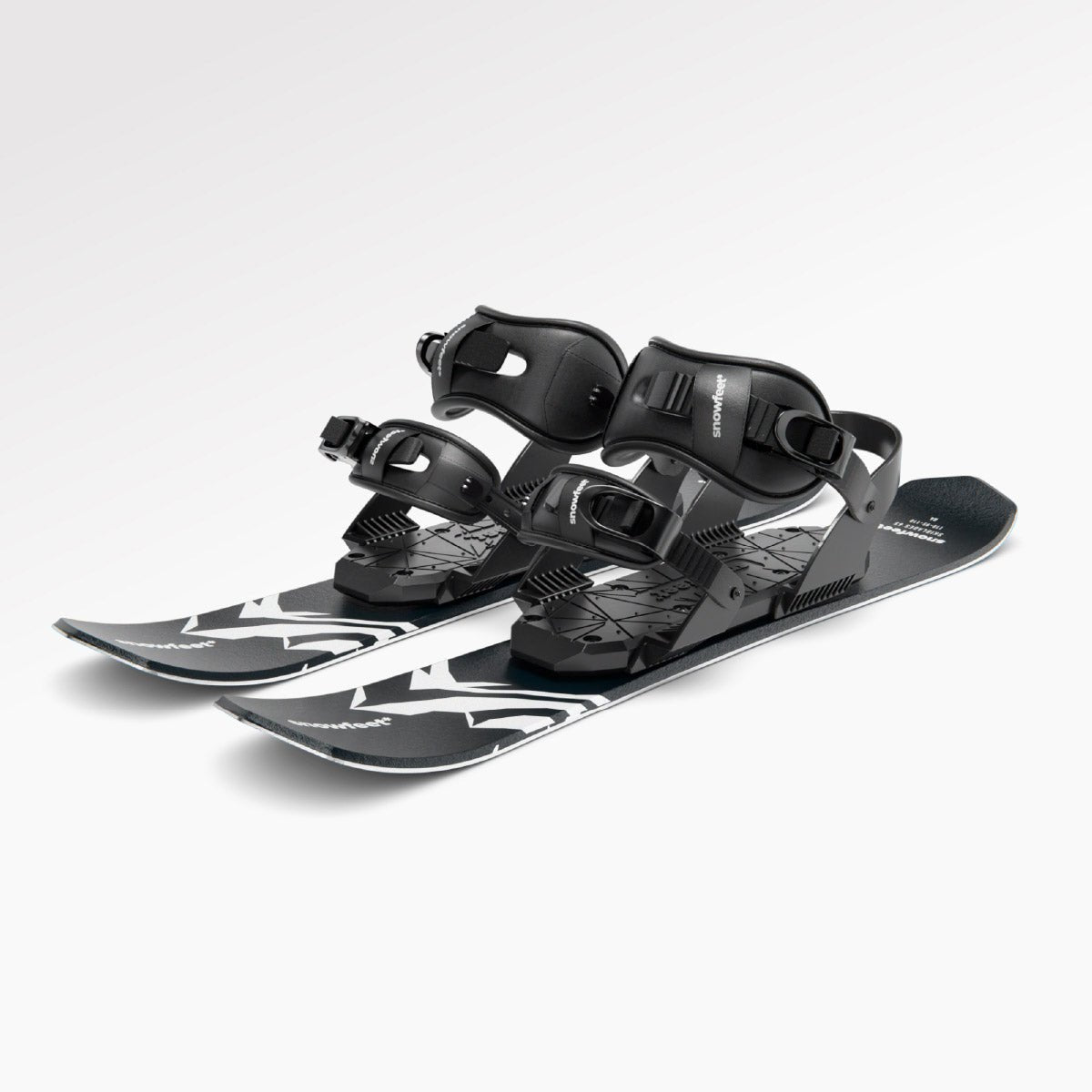
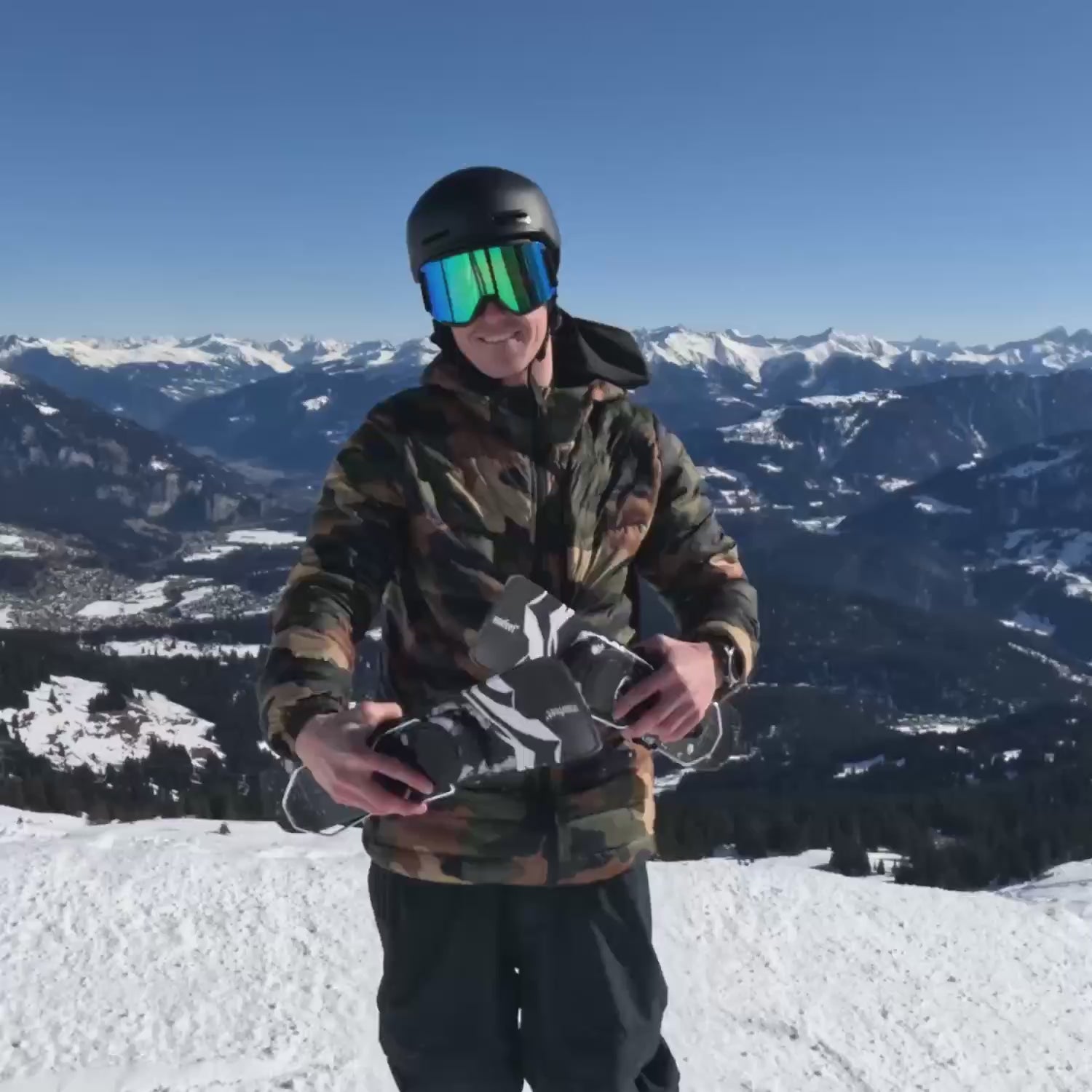
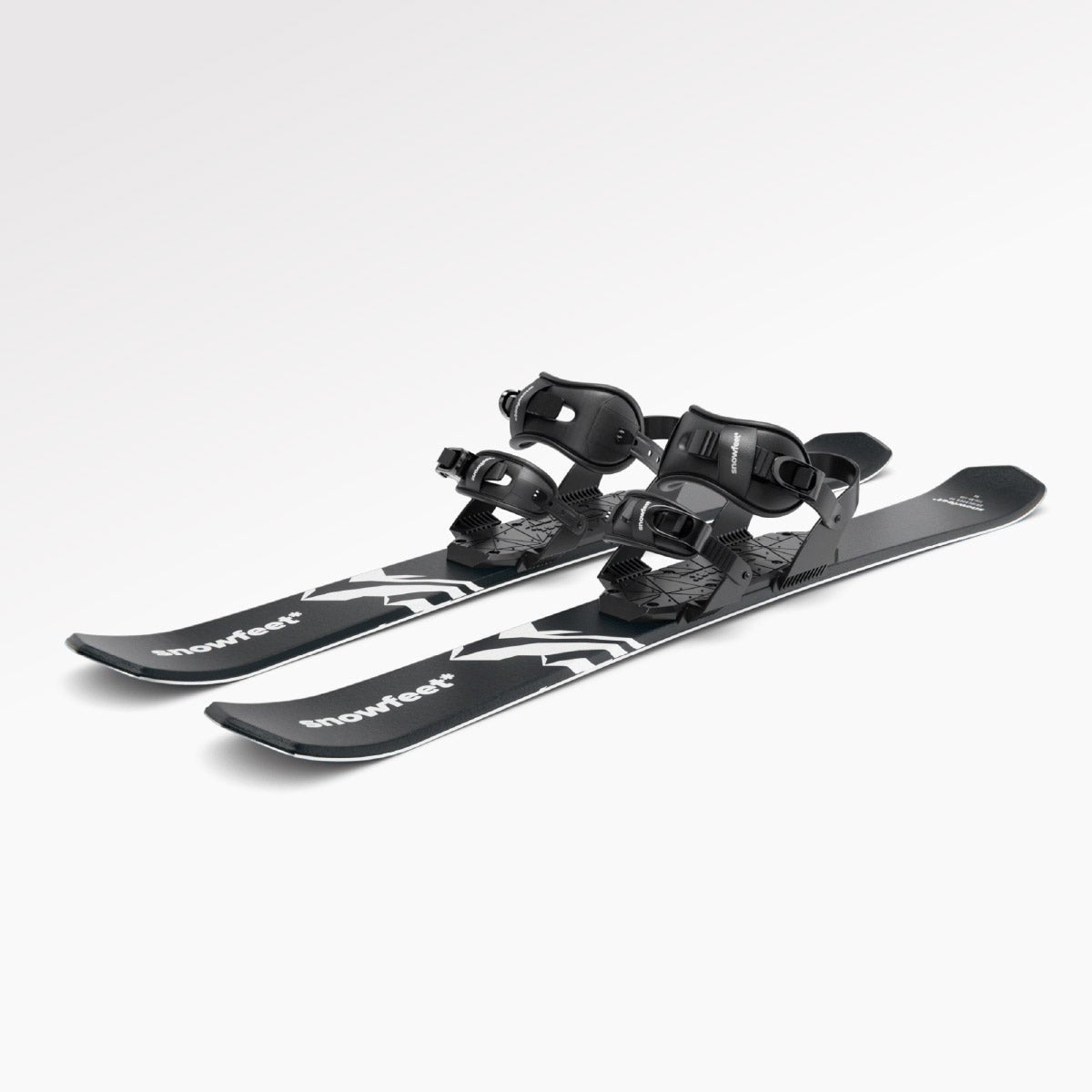
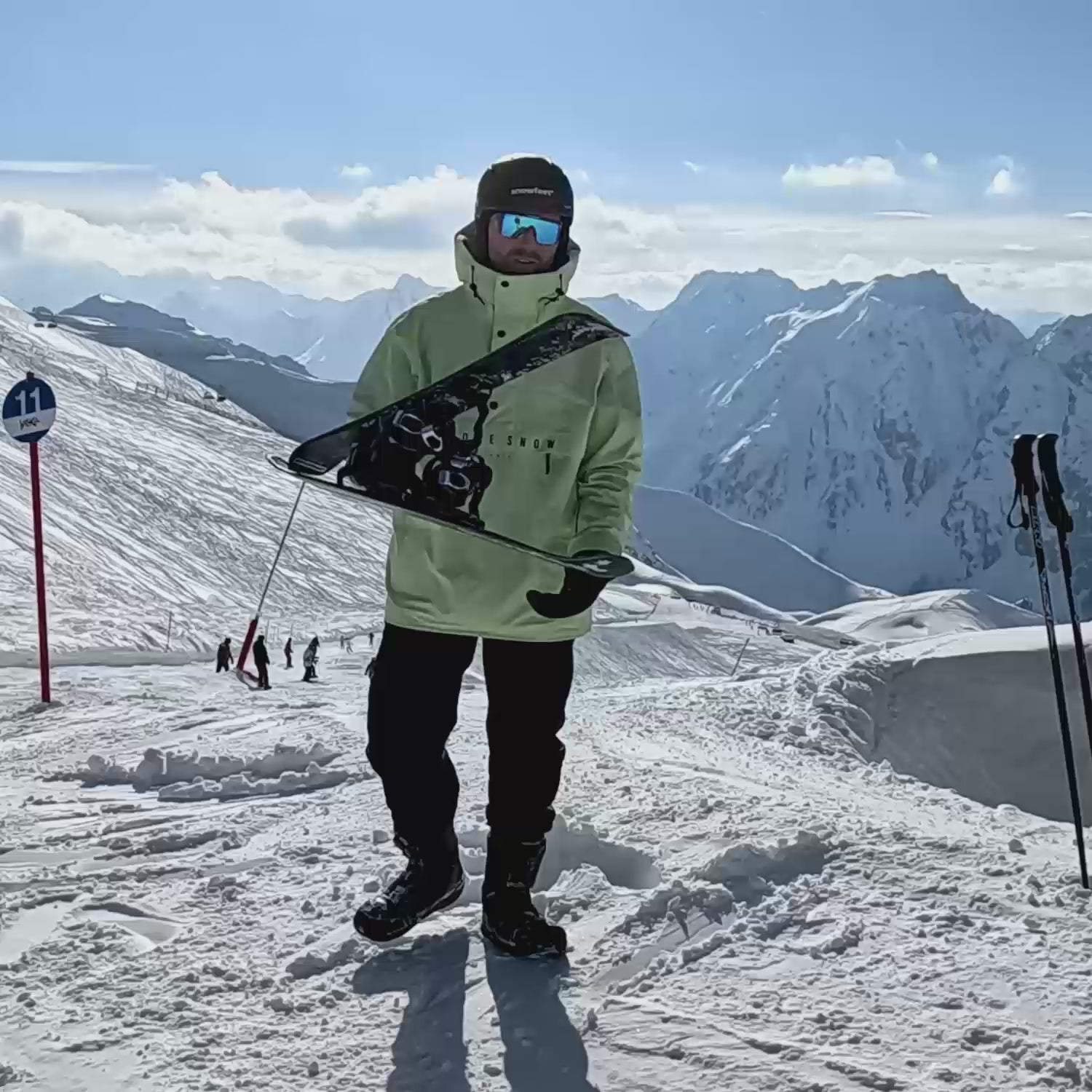
261 commenti
rkurflwbes
Muchas gracias. ?Como puedo iniciar sesion?
mbhlrrilhh
Muchas gracias. ?Como puedo iniciar sesion?
bxfeqmunar
Muchas gracias. ?Como puedo iniciar sesion?
nyejwousyo
Muchas gracias. ?Como puedo iniciar sesion?
elexxzcttz
Muchas gracias. ?Como puedo iniciar sesion?
Lascia un commento
Questo sito è protetto da hCaptcha e applica le Norme sulla privacy e i Termini di servizio di hCaptcha.